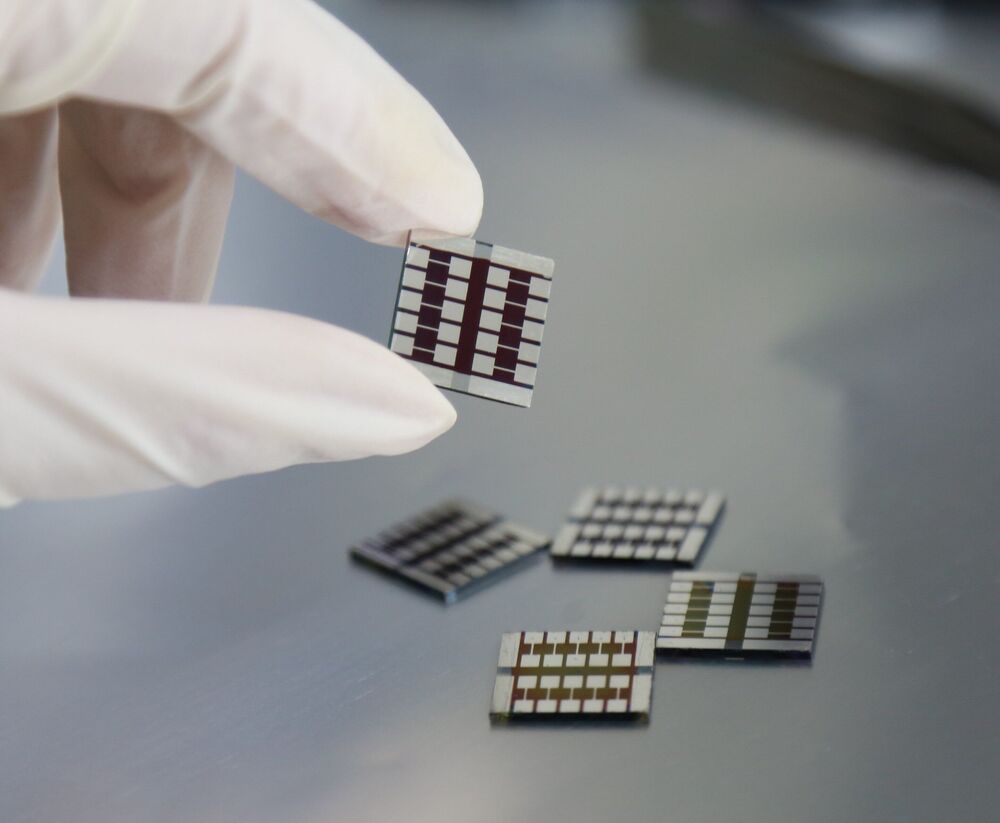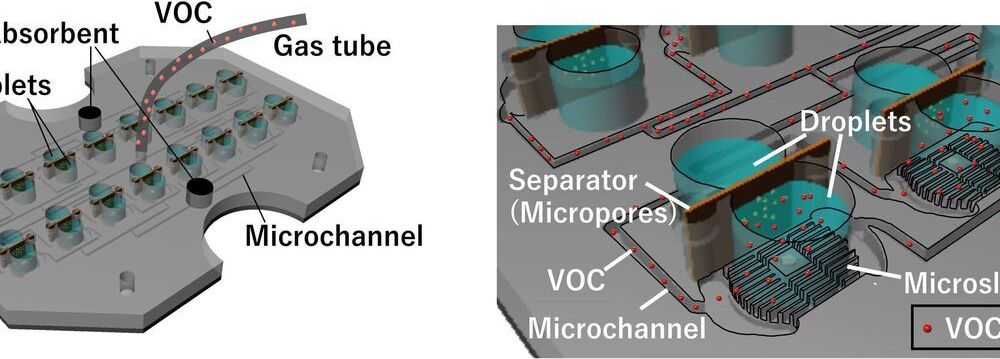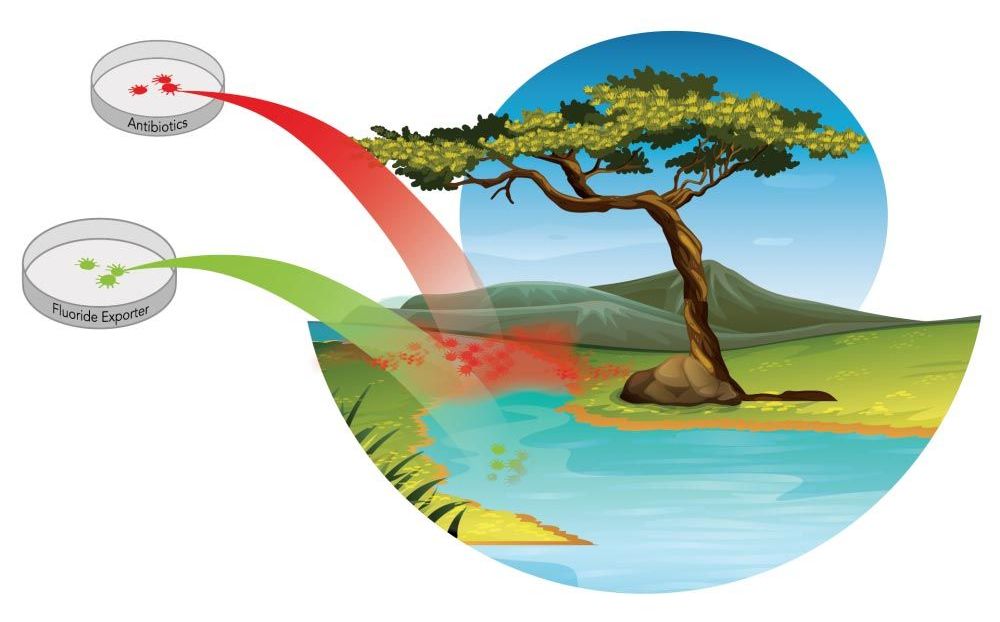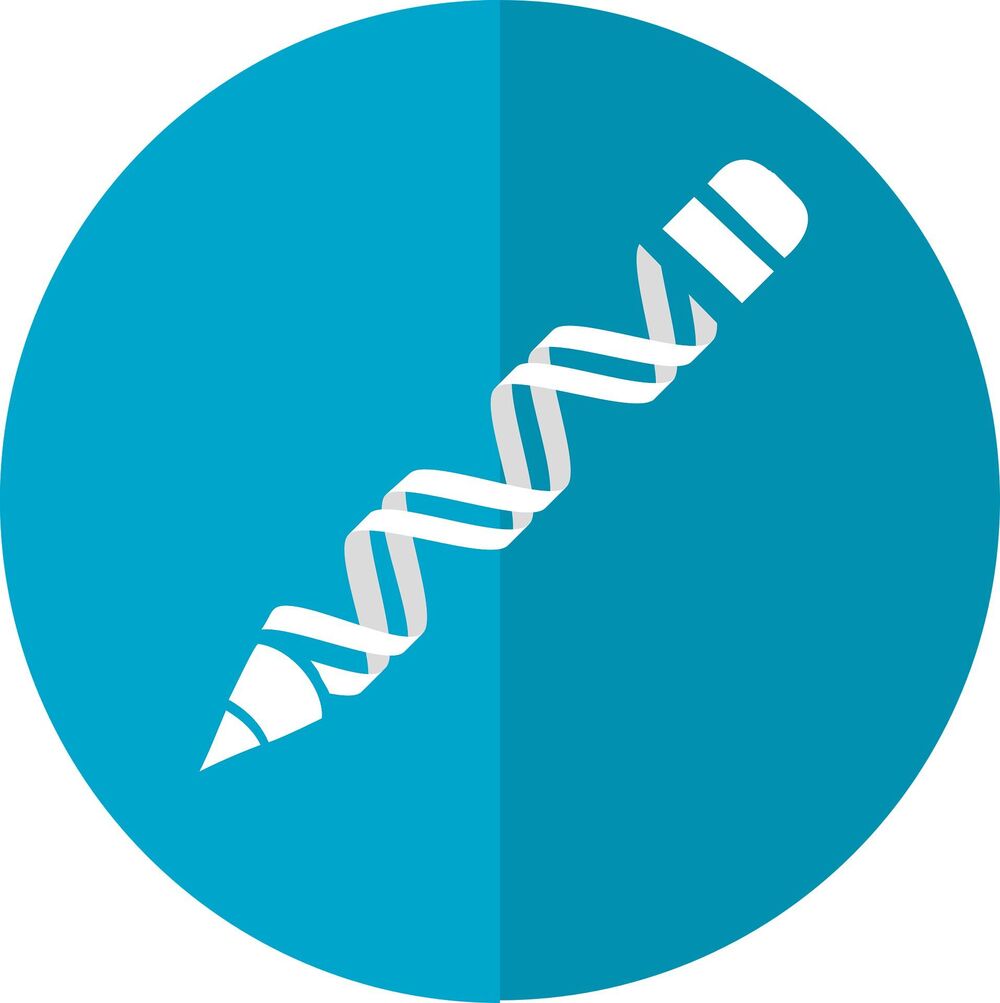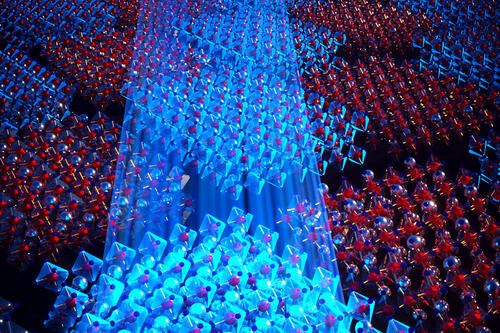Jan 13, 2021
The compound that makes chili peppers spicy also boosts perovskite solar cell performance
Posted by Saúl Morales Rodriguéz in categories: chemistry, solar power, sustainability
Scientists in China and Sweden have determined that a pinch of capsaicin, the chemical compound that gives chili peppers their spicy sting, may be a secret ingredient for more stable and efficient perovskite solar cells. The research, published January 13 in the journal Joule, determined that sprinkling capsaicin into the precursor of methylammonium lead triiodide (MAPbI3) perovskite during the manufacturing process led to a greater abundance of electrons (instead of empty placeholders) to conduct current at the semiconductor’s surface. The addition resulted in polycrystalline MAPbI3 solar cells with the most efficient charge transport to date.
“In the future, green and sustainable forest-based biomaterial additive technology will be a clear trend in non-toxic lead-free perovskite materials,” says Qinye Bao, a senior author of the study from East China Normal University. “We hope this will eventually yield a fully green perovskite solar cell for a clean energy source.”
While metal halide perovskite semiconductors represent a promising component for state-of-the-art solar cell technologies, they are plagued by nonradiative recombination, an undesirable electron-level process that reduces efficiency and exacerbates heat losses. Bao and colleagues sought out a natural, forest-based, inexpensive additive to overcome this limitation and enhance solar cell performance.
